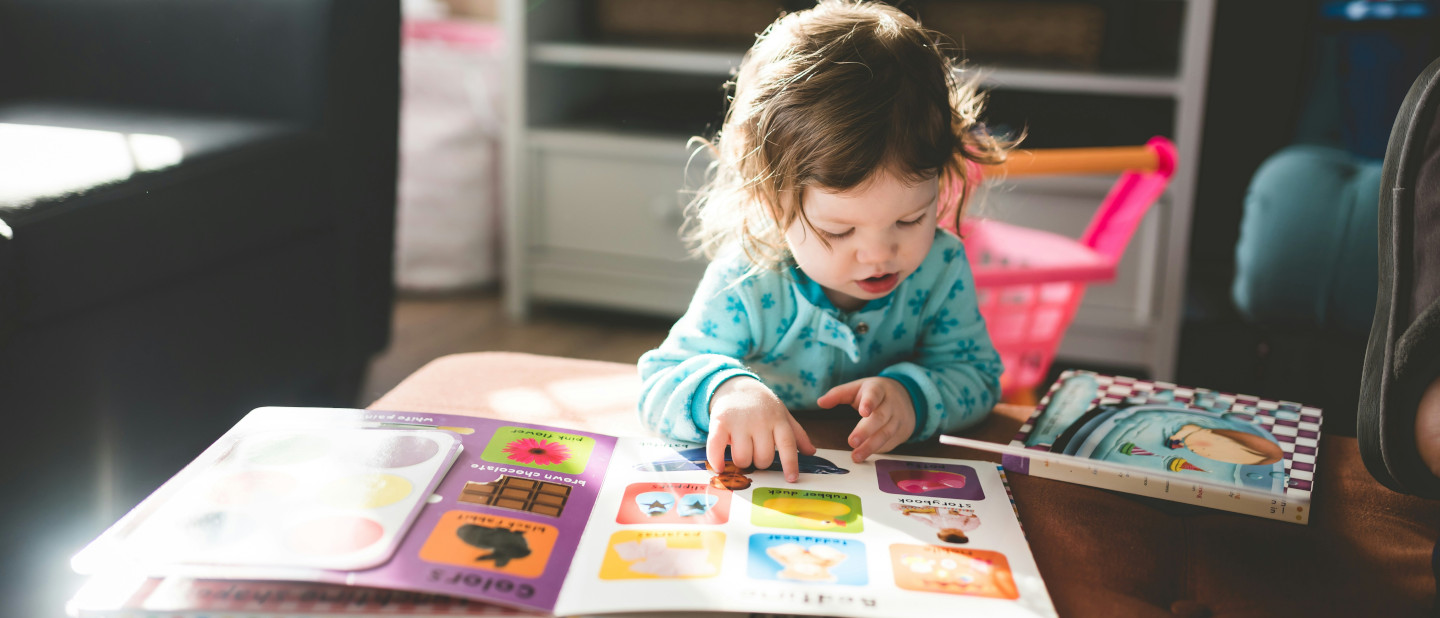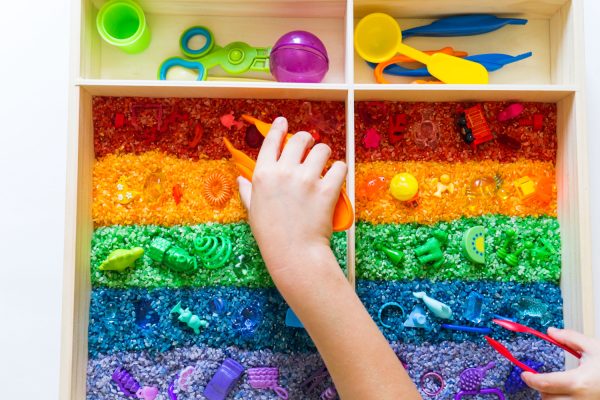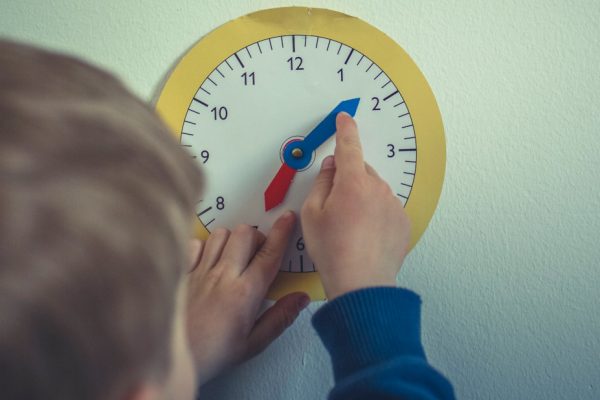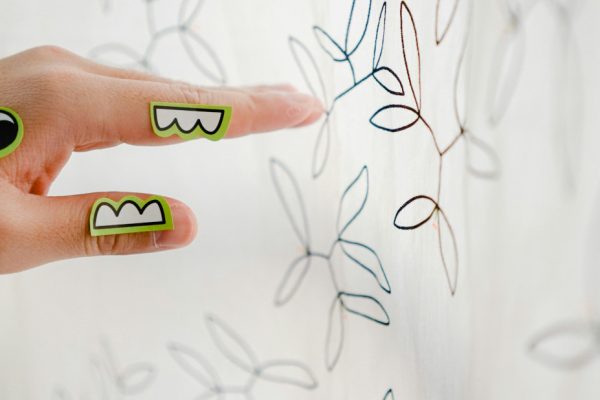
Emergent literacy: early skills to help your child develop
What is Emergent Literacy?
Emergent literacy is the set of skills that children develop before they start to read and write. This stage of learning typically takes place from birth through the preschool years. Knowledge, exposure, and practice with these skills predicts future reading skills.
Therefore, it is so important for children to have these foundational skills before they begin to read and write! By incorporating these simple emergent literacy skills into your reading routine, you’re helping to set your child up for later reading success.
What are the components to Emergent Literacy and how can I incorporate them into my reading routine?
1. Letter Knowledge
This is one of the earliest predictors of early word reading and is a huge predictor of literacy skills!
- Start by drawing your child’s attention to the letters in their own name.
- Point out letters in books.
- Play iSpy during book readings! “iSpy a word with the letter A in it! Can you find it?”
2. Print Knowledge
Studies have shown that teachers can make big improvements for children just by pointing to the text! (Justice et al., 2009)
- Draw attention to the print while reading.
- Build your child’s print knowledge by saying or pointing to highlight the print in the book!
- “Read” environmental print such as a “McDonalds” sign. Though they’re not technically reading, this is teaching them that print represents meaning.
- This can include road signs, store signs, billboards, boxes/containers (e.g. cereal boxes), etc.
Orientation: Teach your child we read from left to right, top to bottom:
- Practice holding it right-side up vs upside down.
- Show your child that the title and author are on the front cover of a book.
- “I am going to start reading here at the top”- you can drag your finger along as you read to teach the child the direction in which we read
- “Now it’s time to turn the page”
- Point out uppercase (“big”) vs lowercase (“little”) letters.
3. Dialogic Reading
This simply means having a conversation with your child while you’re reading together. Reading should be an interactive experience that involves storytelling, asking and answering questions, and making comments.
- Don’t worry about reading all the words on the page! You can tell a different story by using the pictures rather than the text. Wordless picture books work great too!
- Allow your child to be the storyteller while you listen and answer questions.
- You can use feedback strategies like recasting (i.e. repeating the child’s utterance using more grammatically correct language) and language modeling to expand their ideas and expose them to novel vocabulary.
4. Phonological Awareness
Rhyming:
- Read rhyming books with your kids!
- Some famous rhyming books include: Dr. Seuss, Brown Bear Brown Bear, Llama Llama
- While reading these books, pause at the end of a sentence and encourage your child to fill in the rhyme.
- Rhyme games
- “I am thinking of a color that rhymes with “glue.” Can you guess it? Answer: blue. What else rhymes with “glue?”
Syllable Awareness:
- How many syllables are in the word “hippo?”
- You can practice by clapping out the syllables in the word!
- Increase in complexity/# of syllables as you practice more.
Sound Awareness:
- Start by drawing your child’s attention to beginning sounds in words.
- “iSpy something round and blue that starts with the “b” sound” (ball)
- You can use words targeting alliteration that repeats the same sound(s) throughout the book
- Examples: Many Marvelous Monsters, Clara Caterpillar
Phonemic Awareness:
- Blending
- Practice blending words together. You can make it a game and say, “Can you guess my word? I am going to say two words and you have to put those words together to form a new word! Air-plane. Airplane!”
- You can practice with:
- Compound words: star-fish, air-plane, sun-shine, etc.
- Two syllable words: a-pple, ki-tten, hi-ppo, etc.
- Individual sounds, starting with short words containing few sounds (2-3 sounds): c-a-t
Segmenting:
- Practice breaking words apart. You can make this a game in the same way, “Can you break this word apart?
- Practice in the same hierarchy as listed for “blending”
We hope you found this information on emergent literacy development helpful and wish you the best as you work with your child to develop their early literacy skills!
About NAPA Centre
Article written by the therapists at NAPA Centre, which is a paediatric clinic offering occupational therapy, Physiotherapy and Speech Therapy for children with complex needs. NAPA Centre has 9 locations across the world, including three here in Australia – Sydney, Brisbane and Melbourne. At NAPA Centre, we take an individualised approach to therapy because we understand that each child is unique with very specific needs. We embrace differences with an understanding that individualised programs work better. For this reason, no two therapeutic programs are alike. If your child needs our services, we will work closely with you to select the best therapies for them, creating a customized program specific to your child’s needs and your family’s goals. Let your child’s journey begin today by contacting our team to learn more. www.napacentre.com.au






